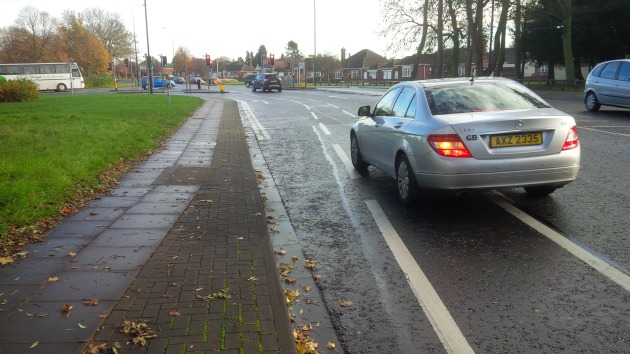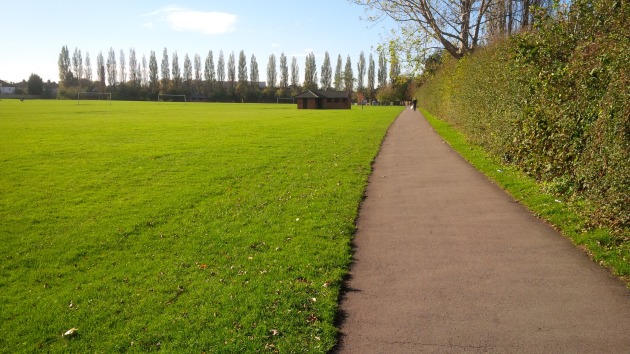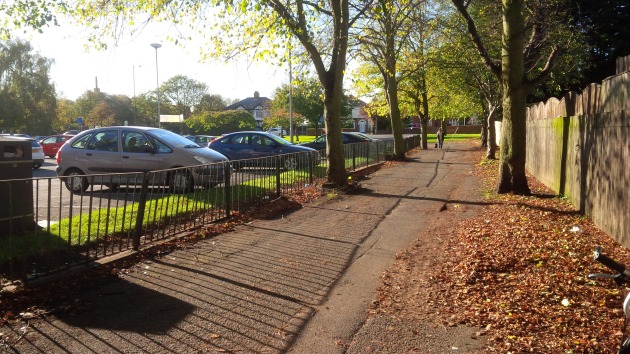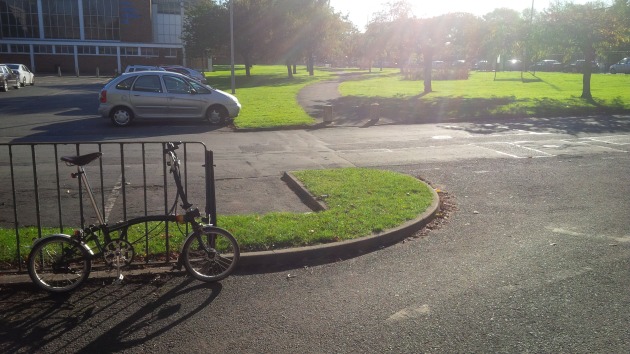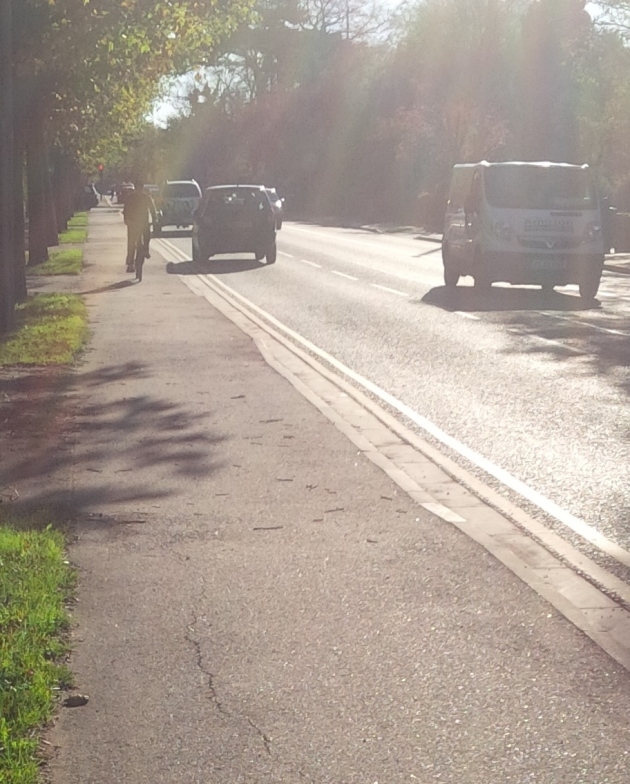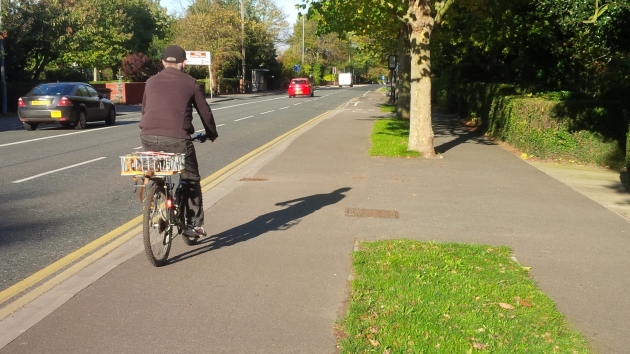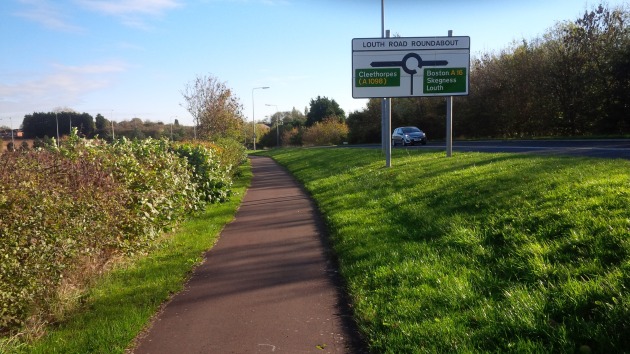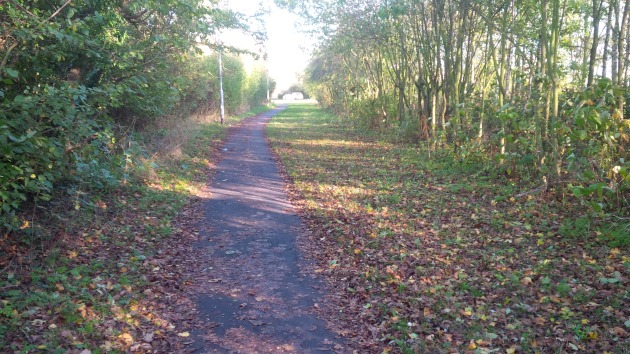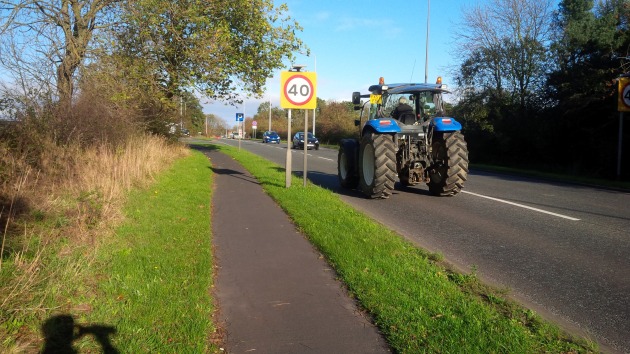In order to clarify the vision for cycling, I believe we first need to clearly recognise what the benefits of cycling are. However, as things stand today, there are clearly drawbacks to cycling as well, and we’ll look at those in part 2. Here though, are the main benefits of cycling:
Health: However you use a bike, when you cycle it helps you get healthier. Whether it’s using a bike to cycle into town, to cycle to work, to go for a leisure ride in the countryside or you’re into speed cycling, when you cycle you’re getting active. This is good for you! Your body was designed to be active! Inactivity is contributing to the levels of obesity in our society that is in turn putting huge strains on the NHS. Cycling helps you be healthy. As a result, you’ll be less likely to suffer from colds and general illnesses, so you’ll need less time off work due to sickness. 🙂
Fitness: When you ride regularly, such as commute to work using a bike, your levels of fitness rise. When you’re fitter you feel better in yourself. By being fitter, you’ll be able to do more and enjoy a wider range of activities, such as other sports, walking, etc. 🙂
Money (1): It’s simple! If you go by bike instead of by car you’ll save money on fuel! I bought my bike three years ago on a Cycle to Work scheme. What it cost me per month was largely offset by the amount of fuel I saved by cycling to work instead of driving. After one year the bike was paid for and so every time I cycle instead of using the car I save money. Simples! Also, as I use my car less by going places using my bike more, I’m putting less wear and tear on my car, reducing my maintenance costs, less miles on the clock means less wear on the tyres etc, etc! 🙂

Money (2): People often criticise cyclists saying they don’t pay road tax. Well, road tax was abolished a long time ago, and what drivers are charged is actually Vehicle Excise Duty (VED). This is calculated on how polluting your vehicle is, so that the more your car pollutes the atmosphere, the more you pay. Sounds fair enough? Of course. So, as cyclists create no pollution it’s fair enough we don’t pay VED! 🙂
Environment: Leading on from the last benefit, by cycling you create less pollution, which is obviously good for the planet (as people are want to say these days!). It’s also good for us here and now, though, because who wants to breathe in polluted air full of exhaust fumes? Not me!
Environment (2): Not only is it engine fumes that pollute the air, but also cars create noise! Noise pollution from traffic is something we almost don’t notice until we get away from it and realise how much nicer the place is when there’s no road noise. When you cycle, you make almost no noise. 🙂
There’s two more benefits that are less tangible but no less real:
Fun: Cycling is enjoyable. The actual act of cycling is a pleasurable thing. I’m not talking about cycling into a head wind and heavy rain, that’s not much fun of course, but I mean the simple act of cycling is fun and enjoyable. 🙂

Anne-Katrine in Copenhagen (photo from Copenhagen Cycle Chic)
Cool: In many places around the world, people are realising it’s actually pretty cool to cycle, too. It’s long been cool to cycle in places like Copenhagen and The Netherlands, but look at the various Cycle Chic websites and you’ll see how cool it’s becoming in lots of places including New York, Montreal, Malmo in Sweden, Berlin, Barcelona etc, etc. 🙂



